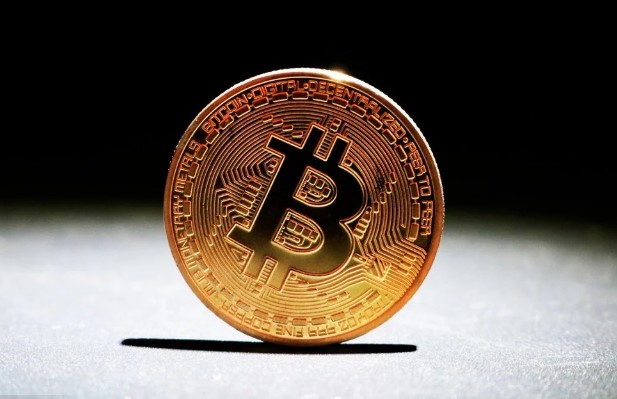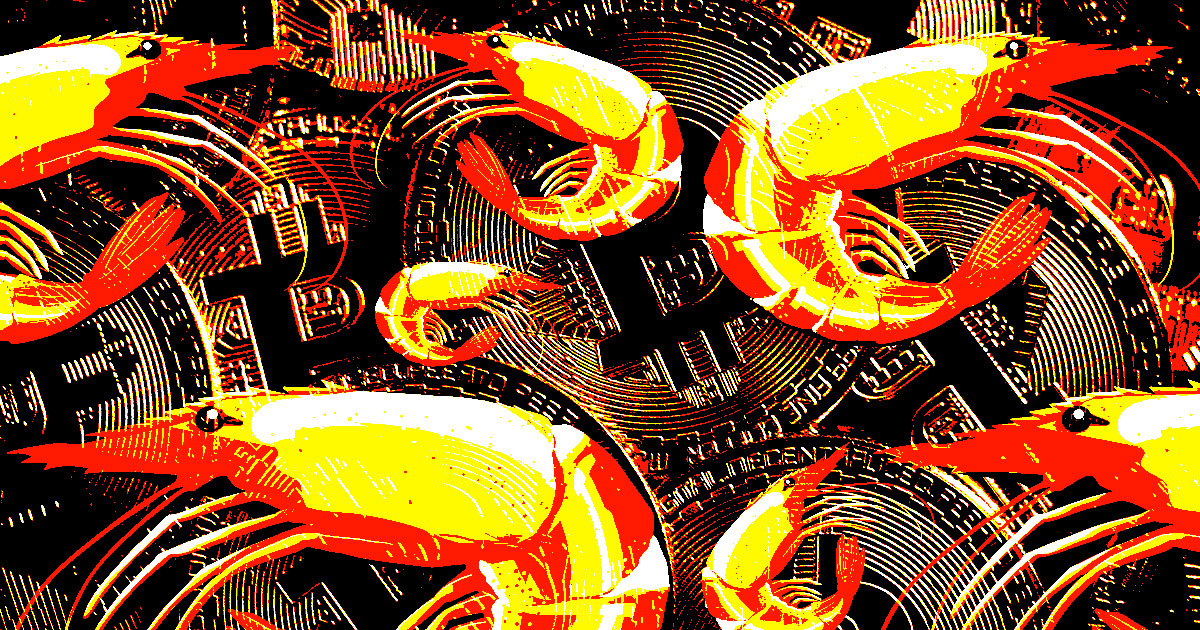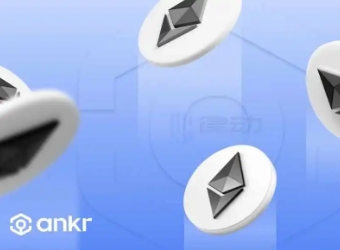Generally speaking, a timestamp is a complete and verifiable piece of information, which indicates that there is data in a specific time period. Generally, it is a character sequence that uniquely marks the time of a moment. Generally speaking, a timestam
When you see the word timestamp, I think it is a very simple thing. It is nothing more than marking the real time, using time to indicate the order, or indicating the time when a data is generated. However, what timestamps do in the blockchain is not just as simple as everyone thinks. The value of the blockchain is extraordinary. So, what exactly is a blockchain timestamp? What's the use of it? Next, let's have a look.

What is a blockchain timestamp?
Generally speaking, a timestamp is a complete and verifiable piece of information, which indicates that there is data in a specific time period. Generally, it is a character sequence that uniquely marks the time of a moment. Generally speaking, a timestamp is a complete and verifiable time data verification, which can prove the time point at which a piece of data exists or occurs.
In the blockchain system, each new area can be added with a timestamp when it is about to be generated. Finally, it is connected into a blockchain according to the sequence of block generation time, and each individual node is connected through the P2P network, thus forming a decentralized distributed timestamp service system for information data records. As we all know, in the BTC network, a new block is generated about every 10 minutes, and the timestamp is sealed. The broadcast is sent to each node of the whole network, so that each node has a copy of all the information of the block, including the timestamp, which forms a distributed timestamp.
This design of timestamp makes the difficulty level of changing a record increase exponentially with time. The older the record is, the harder it will be to change. The longer the blockchain runs, the more difficult it is to forge, which also contributes to timestamp. This is difficult to tamper with because of the block's algorithm design:
Each block is composed of a block header and a block body. First, the block body records all transaction data during the period when the block was created. These records are organized according to the merkle tree. The hash value of the merkle tree root is used as the summary, summary, and "fingerprint" of all transaction records in the block. The block header contains not only the merkle tree root (the summary of the block), but also the summary of the previous block header (that is, the merkle tree root of the previous block), the timestamp of the block, the height (starting from the first block, and the block is the first block), and other information.
The role of blockchain timestamps
In various blockchain related books, the concept of time stamp is often downplayed, which makes people wonder what role it plays.
So, what's the use of timestamps?
Blockchain is actually a distributed timestamp service through the consensus algorithm between nodes on a point-to-point network. In other words, using timestamps, each block is sequenced in an orderly manner in time to generate a chain. Imagine how to prove the sequence between blocks if there is no timestamp; And how to decide which block to store the summary.
First of all, time stamp plays the role of a determined "witness". It is not affected by human will and is more reliable than the traditional notary system.
Secondly, the authenticator does not need to submit electronic data content according to the timestamp, which effectively prevents the risk of information leakage.
Finally, the technical advantage of timestamps is to prove the order of precedence, which highlights the great advantages of blockchain technology in terms of property rights protection.
The prominent use of timestamps is reflected in the level of copyright protection. Text, music, photos and other works corresponding to copyright are easy to be linked. Depending on blockchain technology, the work information submitted by the author will be recorded into a block together with the author information, and the corresponding timestamp will be tightly stamped. When copyright transfer occurs, it will also be accompanied with the timestamp proof, which provides great convenience for solving the copyright problems.
Speaking of this, I believe you have a certain understanding of what blockchain timestamps are and what they are used for. In general, blockchain timestamps bring convenience to our life and work, and protect our personal rights and interests. We also believe that blockchain timestamps will have better development in the future.
















 Tue, 18 Apr 2023
Tue, 18 Apr 2023
